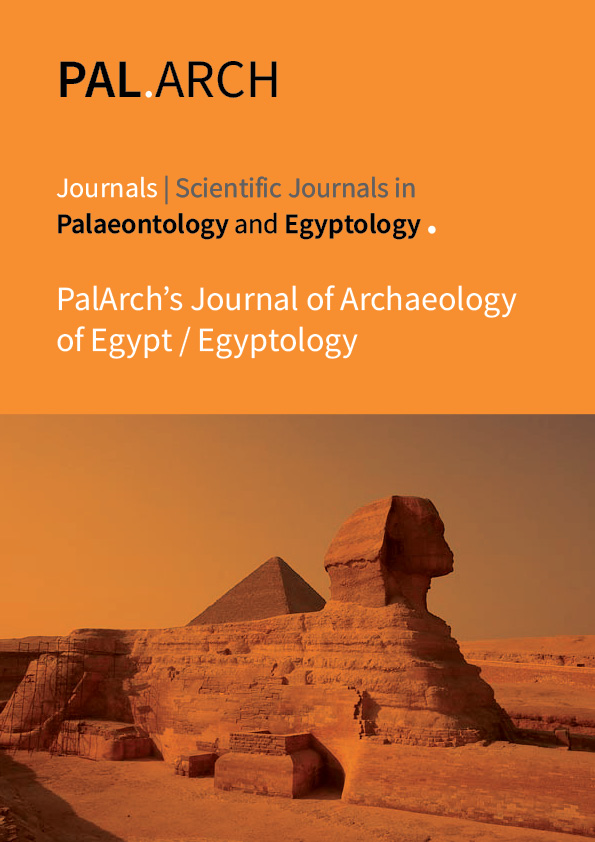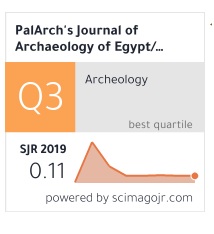A study of the novel Nirmal Bhakat by Rajanikanta Bordoloi from the perspective of Adaptive Translation
Keywords:
literature, languages, adaptive translation.Abstract
Translation acts as a connecting link between different languages, cultures, and works of literature, nations and tribes. In this multilingual world, it plays a great role in establishing international harmony among different nations. Although translation has been studied from the ancient ages, it was specifically studied in the seventeenth century. Among numerous theories of translation one type of translation is adaptive translation. In this kind of translation, the translator has the freedom to create his literature in the context of the primary subject. In adaptive translation, the translator adds new elements to the story which depend on his perception, local forms, social and cultural norms alongside continuing the original story. In the Pre-Sankari era, many poetical works were created following this type of translation. In modern Assamese literature, numerous novels are based on this technique of translation.



